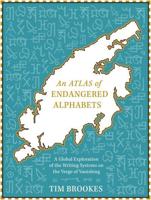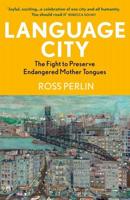Publisher's Synopsis
Encyclopaedia of Educational Linguistics offers a scientifically grounded overview that provides guidance in dealing with the language education challenges produced by globalization and growing local multilingualism. This encyclopaedia presents new research by leading international scholars and cutting-edge syntheses of the fields of bilingual. Educational linguistics is dedicated to innovative studies of language use and language learning. Linguistics in education refers to a small but growing field of linguistics which advocates a greater use of linguistic theory and linguistic curriculum in primary and secondary education. The text Educational linguistics: An Introduction presents a range of facets of applicable linguistics in the context of education, aimed at students of linguistics and education. First chapter presents a monograph on: educational linguistics, its origin, definitions and issues. Second chapter proposes knowledge regularized word representation models (KRWR) to incorporate these prior knowledge for learning distributed word representations. Third chapter focuses on linguistic grammar learning and DRD2-TAQ-IA polymorphism. Fourth chapter focuses on the amodal aspects of linguistic design. Fifth chapter highlights on the children's computation of complex linguistic forms: a study of frequency and imageability effects. Sixth chapter examines two issues concerning infantile amnesia: the time at which memories for events experienced before the age of 3-4 years disappear from consciousness and whether this timing of memory loss is related to the development of specific aspects of episodic and autobiographical memory. Seventh chapter presents the aspects of language education, their origins and their applications in training English teachers. Eighth chapter reflects on a collaborative process between two researchers from different backgrounds conducting a joint-venture classroom observation project focusing on language, communication and special education. Ninth chapter focuses on possibly one of the most challenging aspects of the issues of linguistic integration of immigrants, i.e., literacy acquisition by










